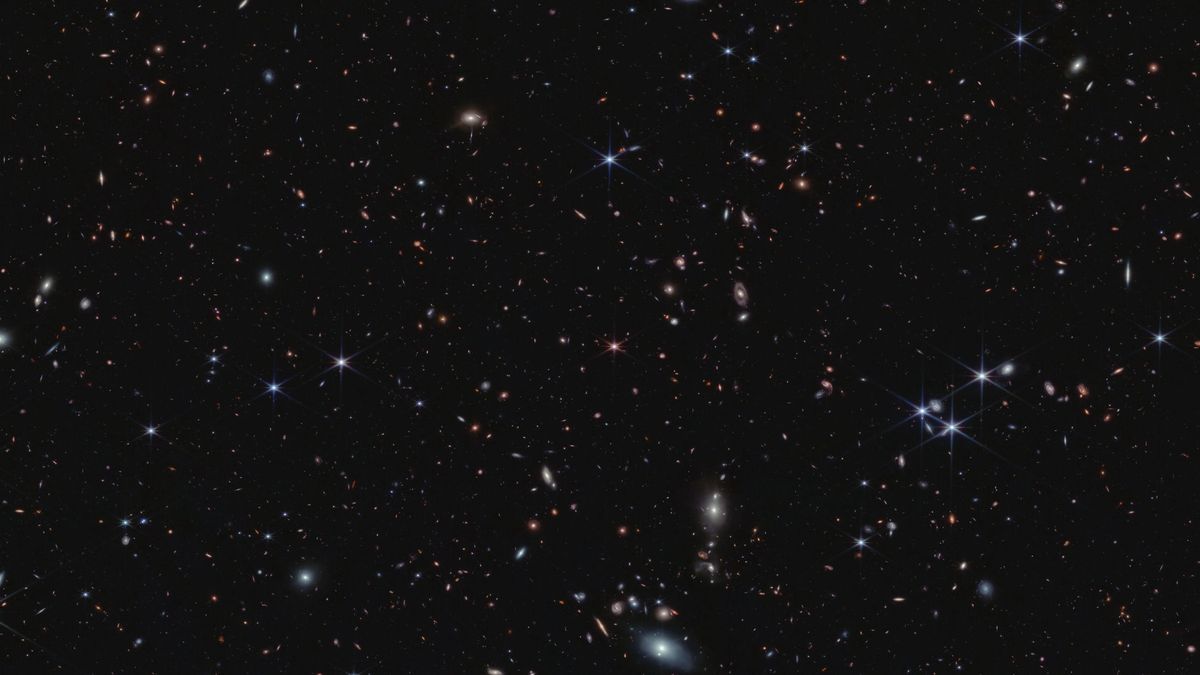Now Reading: James Webb Telescope Discovers Unseen Type of Hidden Black Hole
1
-
01
James Webb Telescope Discovers Unseen Type of Hidden Black Hole
James Webb Telescope Discovers Unseen Type of Hidden Black Hole

Speedy Summary
- Revelation: Astronomers using the James Webb Space Telescope (JWST) have identified a hidden population of supermassive black holes in the early universe.
- Hidden Quasars: These objects, previously obscured by heavy dust, have been confirmed as active galactic nuclei (AGNs) powered by supermassive black holes.They may represent a bridge between bright classical quasars and faint “Little Red Dots.”
- observations & Methodology: Researchers analyzed distant galaxies observed by Hawaii’s Subaru Telescope and re-examined them with JWST’s enhanced sensitivity, revealing fast-moving gas influenced by strong gravitational forces from supermassive black holes.
- Findings: Out of 13 galaxies examined, 9 displayed distinctive signs of hidden quasars masked behind dust layers but emitting light patterns akin to classic quasars.
- Significance: This discovery may fill gaps in understanding AGNs’ evolution from dim “Little Red Dots” to bright quasars while challenging existing cosmic models if more such objects are found.
For detailed insights into the study’s findings and implications, visit Live Science.
Indian Opinion Analysis
The identification of a new class of hidden quasars further demonstrates India’s growing relevance in cutting-edge astrophysics discussions globally. Led partially by international teams including researchers stationed in India or collaborating with indian scholars aboard observatories like Subaru telescope, advancements such precision prescient
Stay Informed With the Latest & Most Important News
Previous Post
Next Post
Loading Next Post...























